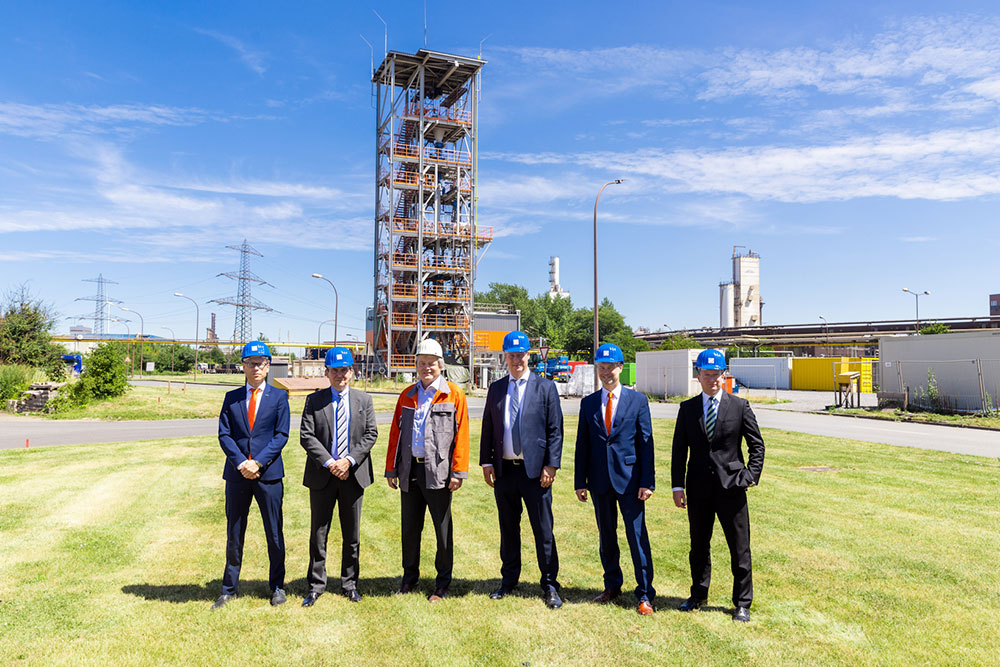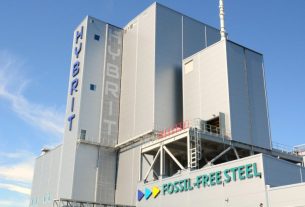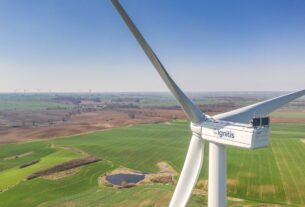Germany – A partnership agreement covering the joint development and supply of low-CO2 strip steel has been reached between Salzgitter AG and the Waelzholz Group. The agreement is initially valid until 2028.
The two businesses want to work together to take the lead in the steel industry’s transformation toward decarbonization. The partners are now stepping up their close collaboration that has spanned decades with this partnership agreement for the supply of strip steel with a reduced CO2 footprint.
In contrast to the conventional blast furnace route, Salzgitter uses a special electric metallurgical furnace to produce these reduced CO2 steels, which allows for the current avoidance of up to 71 percent of CO2 emissions, depending on the product.
The production of the input material is responsible for the vast majority of the CO2 footprint of the cold-rolled strip steels produced by Waelzholz. In light of this, it is crucial to reduce the amount of emissions generated during the production of steel.
Production using hydrogen
As part of the SALCOS-SAlzgitter Low CO2-Steelmaking Transformation Program, Salzgitter is gradually moving its production to a hydrogen-based route in order to further reduce CO2 emissions in the steel manufacturing industry. Nowadays, hydrogen and green electricity are used to make steel instead of the blast furnace processes that were once used. Salzgitter AG intends to reduce CO2 emissions from the steel production process to less than 5% of original levels using this method.




